Those who enjoy a good cup of tea will generally have a favorite that they tend to gravitate toward. Every now and then, they might consider sampling another flavor, but often stick with what they know. With a wealth of popular teas available, why limit your taste experience? There’s a world of delightful flavors waiting for your to explore!
Are you stuck in a tea routine? If you haven’t yet expanded your teatime horizons, perhaps it’s time to do a big of experimentation.
There are so many types of popular teas, each with its own unique flavor. Some possess specific properties which may provide relief from certain conditions, in addition to their soothing taste. To start you on your tea exploration, let’s take a look at some of the most popular tea types and their characteristics.
Ceylon
Many consider Ceylon to be one of the world’s finest black teas. Tea lovers appreciate the brisk, sweet taste in a brightly colored presentation. Ceylon tea, a product of Sri Lanka, has a fruity taste – often hinting of orange or lemon – with a sweet floral undertone. As an iced tea, lemon or mint enhance its natural flavor.
Darjeeling
Depending upon the harvest season, there are taste variations:
- March through April will present tea that is light and clear with a brisk flavor.
- May through June offers a rather pronounced Muscatel grape flavor which is amber in color.
- Between July and September, the flavor becomes strong, but the color remains bright.
- During October and November, the tea has a more delicate flavor and is much lighter in appearance.
There is no production of this tea between the months of December and February. When served, it is typically accompanied by lemon, with no cream.
What’s in Your Cup of Tea?
As we talk about types of tea and their various styles, it’s important to also talk about where to find great teas. In particular, where to find ethically-sourced organic teas. Not all teas producers have ethical fair-trade practices. As we care for the planet, it’s important to care for the people bringing us delcious tea goodness, too! Always look for “fair trade” sourced teas when shopping.
Equally important is to find organic teas. Most tea drinkers are equally concern with taste and the health remedies tea provides. To ensure you don’t compromise the health benefits, an organically-grown tea is the best option. This way you know the tea is not full of chemicals or otherwise diminished in any way.
Storehouse Tea
We’re thrilled to have a local resource of ethically-sourced, organic teas with lovely health benefits available. An Ohio company, Storehouse Teas believes tea is the vehicle to heal, connect and transform communities. We couldn’t agree more! And they certainly deliver with a wide variety of popular teas. From all of the teas we focus on in this article to a range of botanical blend (herbal tea) delights, too.
We love that they even have a Nicely Nettle Organic Botancial Blend, too. For those “in-the-know”, the nettle leaf is an all-around great health and wellness source. It’s great for your immune system, is chock full of vitamins and minerals, and is commonly used as an allergy and cold remedy. Plus, it makes a lovely mild brew.
Earl Grey
The second most popular tea in the world, Earl Grey has the oils of citrus fruit and a rather smoky undertone. It offers a floral bouquet, is bright in color,, and decilious with no additions. Although, many members of the black tea family do benefit from a touch of cream.
Of the various types of this tea, Russian Earl Grey is, perhaps, the most aromatic, and all varieties offer a Bergamot (bitter orange) taste. This taste is one of the trademarks of Earl Grey. Storehouse amps up Earl Gray with their Earl Grey Lavender Organic Black Tea variety. This pairing delivers a delightfully soothing experience.
Lady Grey
This delicious tea is quite light in its presentation and pale gold in color. It offers a refreshing citrus flavor which reflects the characteristics of orange, lemon and bergamot (bitter orange).
Lady Grey is a favorite among those who enjoy what Earl Grey has to offer, but desire a lighter aroma and a milder taste. As in the case of its heavier counterpart, this tea isn’t a match for cream. Best plain with no additives.
Formosa Oolong
Amber in color with an almost piercingly sweet flavor and a toasty undertone, this tea – in its finer grades – offers a flavor that’s suggestive of ripe peaches. The fragrant bouquet comes from its drying process. The sun dries the leaves, rather than a heated shed.
The champagne of teas, Formosa Oolong is full-bodied and smooth with a dry character typically served plain, with no accompaniment.
English Breakfast Tea
This is a rather robust tea – full-body with a light floral presentation. Among tea drinkers, English Breakfast Tea is frequently referred to as having a coppery taste. When you add milk, the fragrance is one that’s reminiscent of honeyed toast.
This delightful tea – often associated with the early hours of the day – is actually a blend of a number of black teas from various countries. It’s particularly popular in England as a morning tea.
If you’d like a slight variation on English Breakfast Tea, also check out Storehouse Tea’s Irish Breakfast Tea. It’s a medium-bodied tea that you’ll enjoy sipping all day long.
Jasmine
While this is typically touted as a Chinese green tea with the scent Jasmine flowers, the best of the line contains no flowers at all and goes through the scenting process over a half dozen times. Jasmine tea should be enjoyed without the benefit of sugar or cream, as is true with others of the green tea variety.
Chamomile
Derived from chamomile flowers, this tea is golden in color and offers a mild bouquet that’s reminiscent of apples, as is its flavoring. Chamomile is a highly popular tea due to its calming properties and for the ability to aide sleep.
However, those who have allergies to daisies, asters, chrysanthemums, ragweed and other members of the Compositae family should take this tea with caution. Allergic reactions including stuffy noses and rashes are common for those with these types of allergies.
Lavender
Redolent of the lavender flowers which make up this lovely tea, this herbal variety offers a light, sweet taste that blends very well with mint. As with a number of other herbal drinks, Lavender tea is useful for the relief of stress, fatigue and headache.
Taken before going to bed, this will help to provide a state of soothing relaxation and aid in combating insomnia. It is also useful in the treatment of migraines, digestive spasms and certain respiratory illnesses.
Rosehip
Made from the pods at the base of a rose, this fragrant tea is pinkish in color, with a tangy flavor that borders on tart. Since it inherently contains Vitamins A, C, D and E, as well as some natural antioxidants, Rosehip tea is often used for the relief of headaches and dizziness.
Of these four vitamins, the Vitamin C content is the highest. While oranges and their juices are a great source of Vitamin C, rosehips offer a significantly higher concentration.
Echinacea
Since this type of tea has a naturally strong medicinal flavor, people often use additives to make the drinking experience more pleasant. Among these are mint, ginger, licorice, honey, lemon and blends from other herbal teas. While it may not taste pleasant in its own right, it is noted for its medicinal powers in the area of fighting off illness – specifically those that affect the respiratory center, such as colds and flus.
Due to Echinacea’s natural anti-inflammatory, antiviral and antibiotic properties, it also works to gird the immune system, which aids in staving off illness.
Whether your favorite tea is your beverage of choice due to its light, flavorful taste or its medicinal benefits, do take time to enjoy new typse. You may just find a brand new favorite to savor!



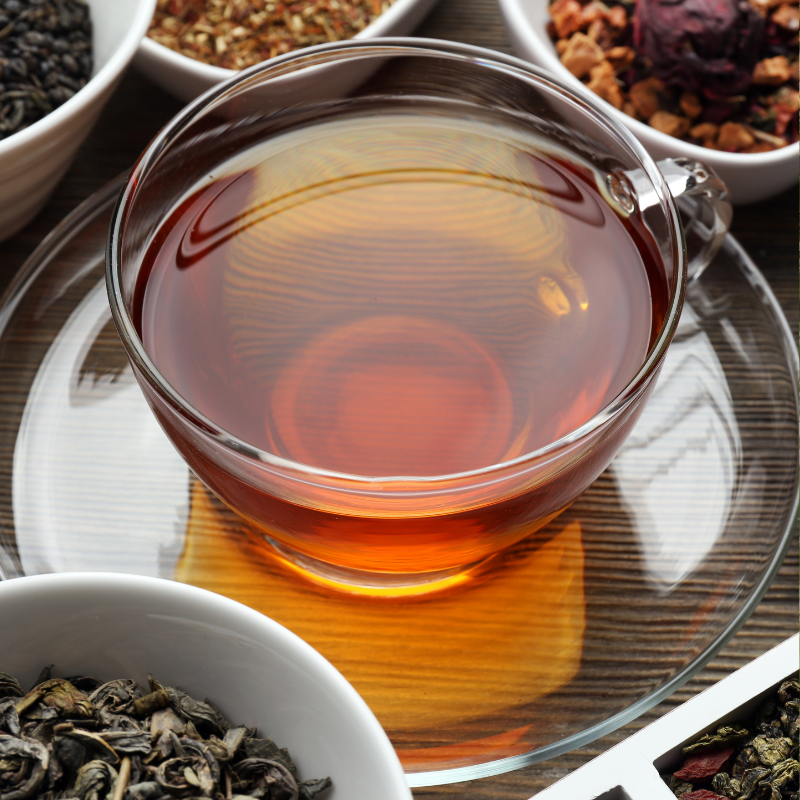
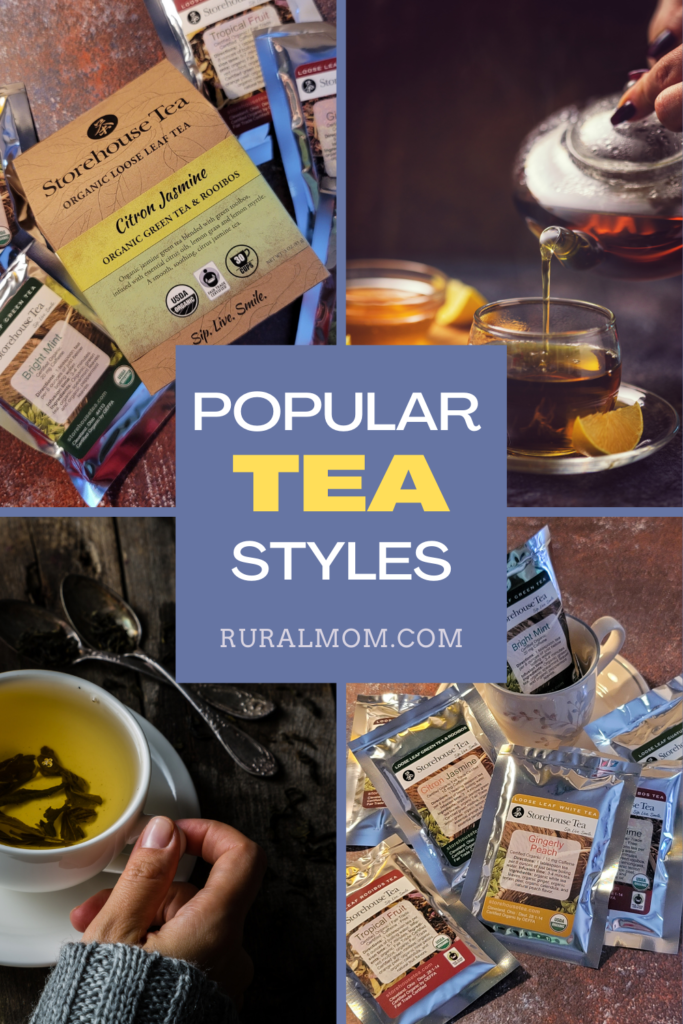
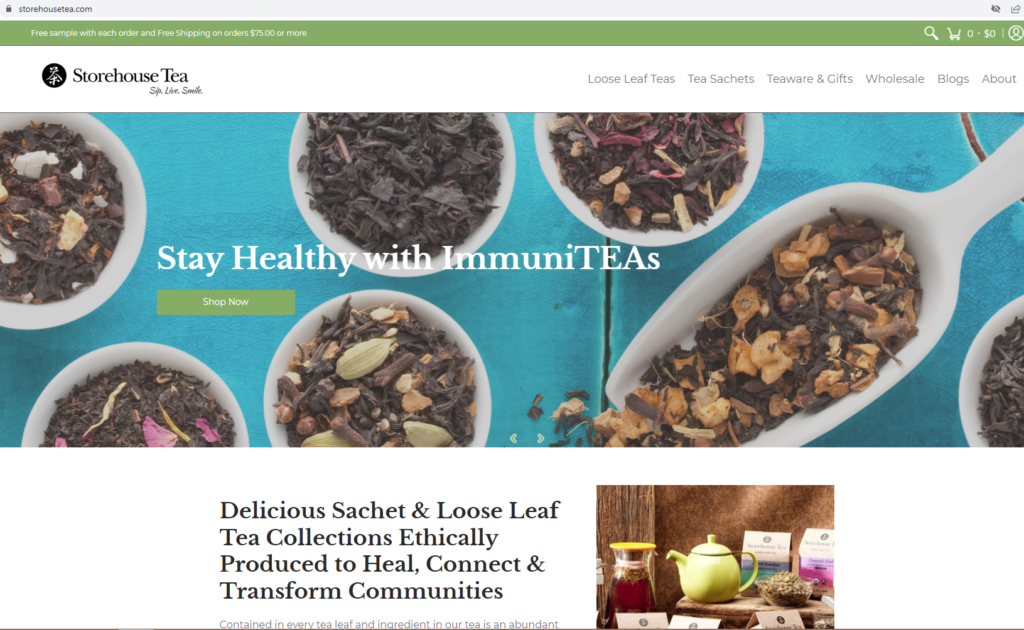
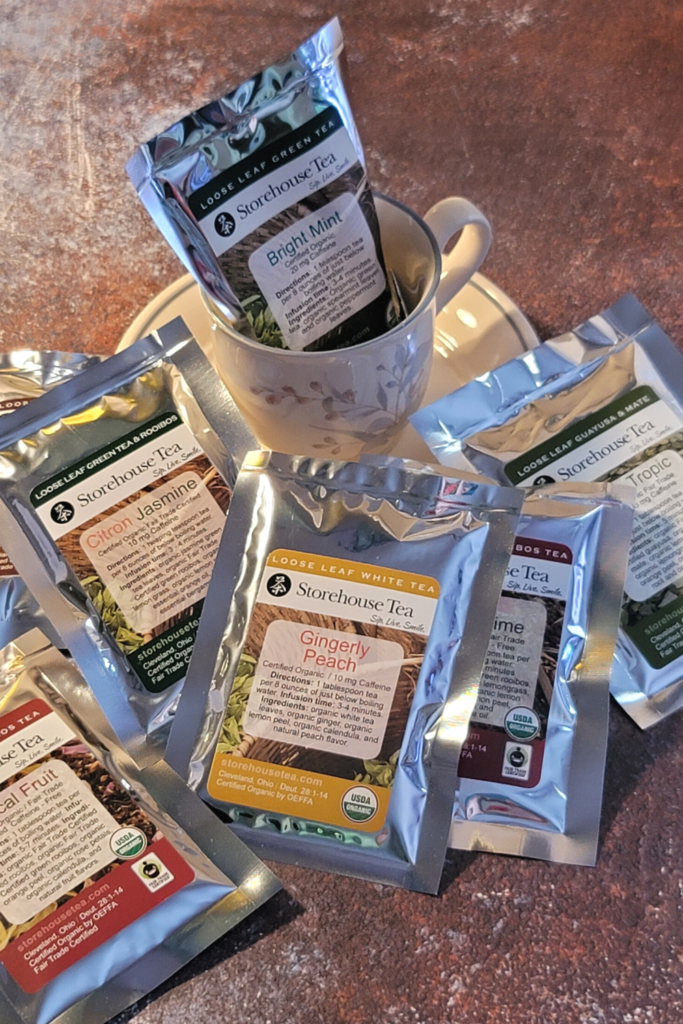
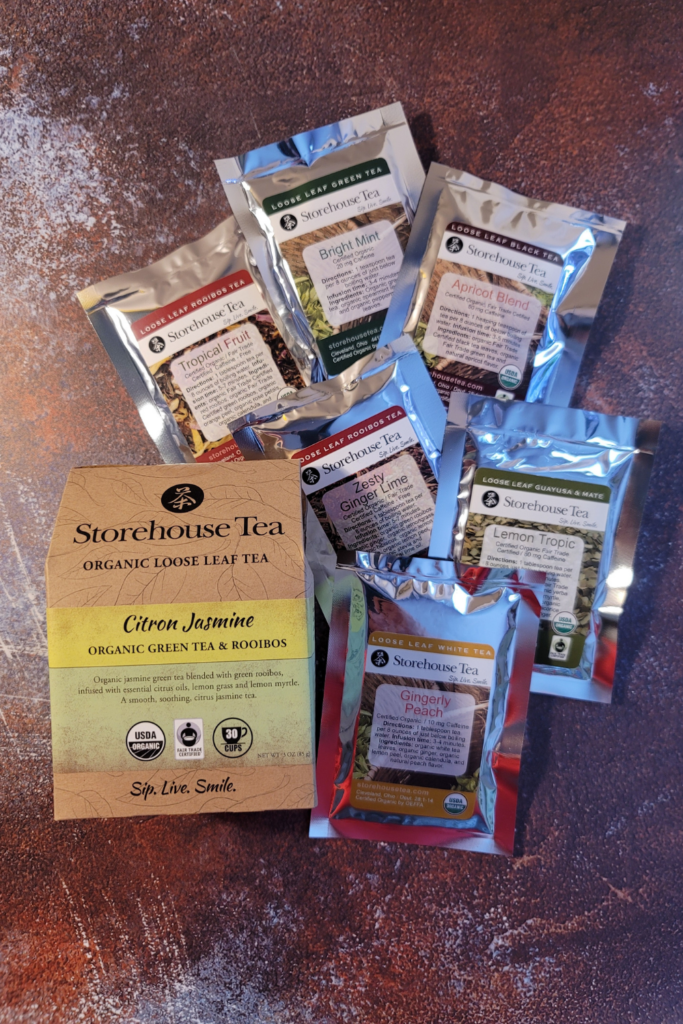
I’m an earl grey and breakfast blend tea lover, while my husband loves Jasmine tea and my daughters enjoy Chamomile. After reading this helpful post, I’m interested in trying Ceylon and Ooolong teas to start. Thanks for the inspiration!